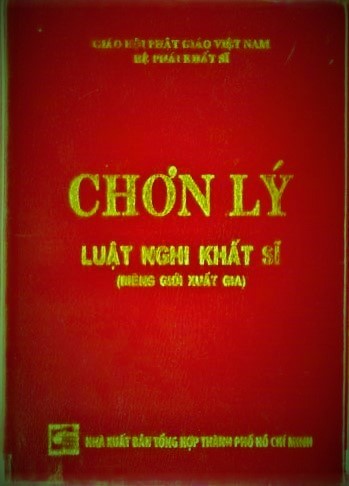Paticca-samuppada is variously rendered into English as “dependent origination”, “conditioned genesis”, “dependent co-arising”, “interdependent causation”, etc. As a middle way between the extreme views of eternalism and nihilism, paticca-samuppada states that phenomena in Samsara is perpetuated, depending upon a number of casual factors, by a chain of mutually interdependent links of cause and effect. This means that a phenomenon exists in condition that the others exist; it has in condition that others have; it extinguishes in condition that others extinguish; it does not have in condition that others do not have. In other words, everything depends on everything else. Buddha also reveals the method of breaking this chain and putting an end to the process. This is why the Buddha stated, “Deep is this dependent co-arising, and deep its appearance. It’s because of not understanding and not penetrating this Dhamma that this generation is like a tangled skein, a knotted ball of string, like matted rushes and reeds, and does not go beyond transmigration, beyond the planes of deprivation, woe, and bad destinations.”
One example of dependent origination can be found in the Dhatu-vibhanga Sutta. The example given here is that of the flame of an oil lamp and its wick. When the wick and oil are present, the flame will burn. However, if either are absent, the flame will not burn. Therefore, the presence of the flame is dependent upon certain causes and conditions – that is, the presence of both oil and wick. According to the Madhupindika Sutta, dependent origination also explains the arising of various social ills just as it explains the arising of our own personal ills – except that from craving it diverges into a description of external, rather than internal, events. P. A. Payutto also gives a simple example of dependent origination found in daily life, between two friends interacting at school.
As one can clearly see, the interactions of dependent origination can be rather complex. Therefore, there are several different versions given in the Buddhist Suttas. The most common are the Twelve Nidanas, which depicts the way that the aggregates (khandha) and sense media (ayatana) interact with ignorance (avijja) and craving (tanha) to bring about stress and suffering (dukkha):

1. Ignorance is the condition for karmic activity or fabrications;
2, Karmic activity/fabrications is the condition for consciousness;
3. Consciousness is the condition for the name and form;
4. Name and form is the condition for the six sense media;
5. Six sense media are the condition for contact;
6. Contact is the condition for feeling;
7. Feeling is the condition for attachment or craving;
8. Attachment/craving is the condition for grasping or sustenance;
9. Grasping/sustenance is the condition for existing or becoming;
10. Existing/becoming is the condition for birth;
11. Birth is the condition for old age and death;
12. Old age and death is the condition for ignorance; and so on.
The previous list is considered “mundane dependent origination”, as it describes the conditions for suffering and stress (dukkha). There is also a “transcendental dependent origination” found in the Upanisa Sutta which describes the conditions for the cessation of dukkha/mundane dependent origination and the realization of awakening (bodhi) and Nibbana:
1. Suffering and stress (dukkha)
2. Faith (saddha)
3. Joy (pamojja)
4. Rapture (piti)
5. Tranquillity (passaddhi)
6. Happiness (sukha)
7. Concentration (samadhi)
8. Knowledge and vision of things as they are (yathabhutañanadassana)
9. Disenchantment (nibbida)
10. Dispassion (viraga)
11. Emancipation (vimutti, a synonym for Nirvana)
12. Knowledge of destruction of mental effluents/fermentations/etc. (asavakkhaye ñana)
Source: https://bodhipunx.wordpress.com/2012/03/29/dependent-origination/




































Bình luận về bài viết này